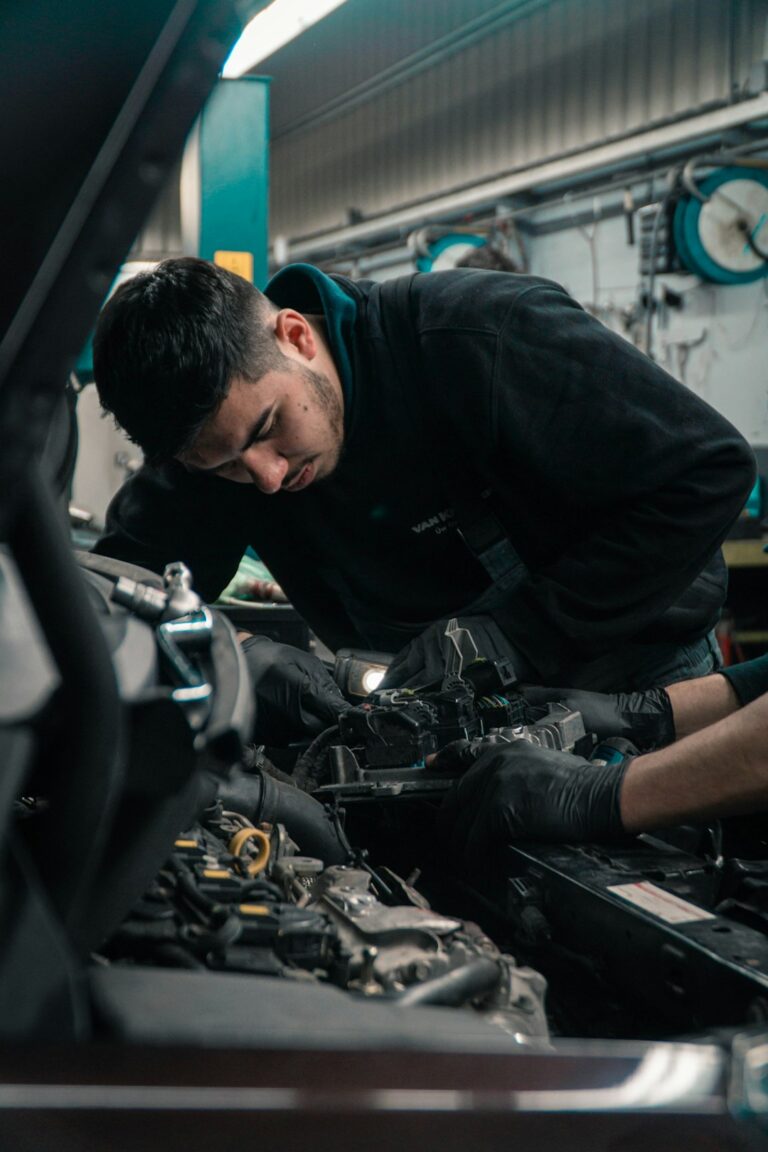A software is a set of instructions or programs that enable a user to perform specific tasks on a computer. On the other hand, software development is the process of creating and maintaining these software applications. The secure software development lifecycle (SSDLC) is a framework that helps developers create secure code by considering security throughout the entire development process. By following the SSDLC, developers can make their code more resistant to attacks and reduce the risk of vulnerabilities. In order to ensure a secure software development lifecycle, it is crucial to understand the different ways that your code can be compromised. Here are five ways to secure your code and protect your business from hackers:
Have A Secure Plan
The first step to secure code is to have a secure plan. This means having a clear understanding of the threats that your software faces and the steps that you will take to mitigate those threats. Without a secure plan, it is difficult to know where to start to secure your code.
Implement Security Testing
Security testing is an integral part of the secure software development lifecycle. By testing your code for vulnerabilities, you can find and fix potential security issues before they become actual problems. There are many different types of security tests, so it is crucial to choose the right tests for your specific needs.
Ensure Proper Configuration Management
Configuration management is a critical part of the secure software development lifecycle. By properly managing your configurations, you can prevent unauthorized access to your systems and data. Additionally, proper configuration management can help you recover from system failures and disasters more quickly. Configurations must be managed throughout the system’s entire lifecycle, from development to production.
Develop Secure Code
Secure code is the foundation of a secure software development lifecycle. By writing secure code, you can help prevent vulnerabilities introduced into your systems. When writing secure code, many best practices should be followed, such as choosing robust cryptography algorithms and using certain coding libraries.
Ensure Compliance
Compliance with security regulations is another essential part of a secure software development lifecycle. Depending on your industry, there may be different compliance requirements that you need to meet. For example, if you are handling personal health information, you must comply with HIPAA. If you are taking credit card information, you will need to comply with PCI DSS.
When you are finished with your software, it is essential to dispose of it securely. This includes ensuring that all data is wiped from the system and that any physical media is destroyed. You should also consider how you will secure your software during end-of-life disposal.













